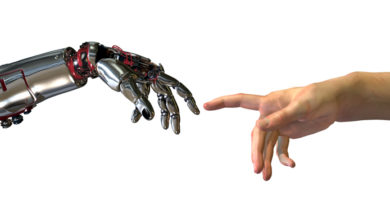Fiber Optic Safety
By Steve Harris –
Ensuring Protection in the Field
Fiber optic technology has changed how we communicate by providing high-speed data transmission over long distances with very little signal loss. However, working with fiber optics and lasers involves specific safety challenges. This article covers the safety procedures and regulations for handling fiber optics and lasers, stressing the importance of following these guidelines to prevent accidents and injuries.
Safety precautions when working with fiber optics
Working with optical fibers can produce tiny glass shards or splinters, which are different from wood splinters in several ways. Unlike wood splinters, glass splinters don’t push out of the body easily; they stay embedded and can cause ongoing pain and discomfort. Removing glass splinters often requires minor surgery because they are hard to see. To avoid spreading these tiny shards, pick up any fiber scraps and use a tacky mat to catch shards you cannot see.
To protect yourself from glass shards or splinters, always wear clean ANSI/ISEA Z87.1-2020 safety glasses when working with fiber connectors or splices. Technicians should also wear safety glasses when cleaving fiber, removing fiber from optical cables, or handling related tools. Keep your work area clean and well-maintained. Use a flat, smooth, chemical-resistant surface, ideally black, to make it easier to see and pick up fiber scraps. It is also recommended that disposable lab aprons be worn, as shards can attach to clothing.
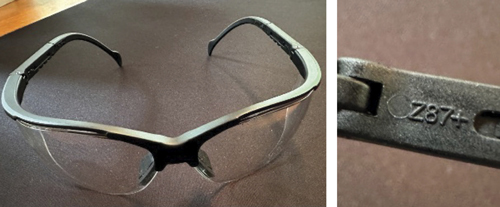
Figure 1. ANSI/ISEA Z.87 safety glasses
To keep the work environment safe, avoid bringing food, beverages, or smoking into the area. Particles from food and smoke can contaminate the fiber, and tiny glass fragments can easily fall into your food and be swallowed, which can cause serious internal injuries or even be fatal.
Dispose of optical fiber remnants properly by using a container with a screw-on or push-through lid. Secure the lid after each use and clearly label the container to prevent accidental opening. Use Teflon-tipped or plastic-coated tweezers for handling glass fiber and place pieces of black electrical tape on your fingers, sticky side out, to pick up glass splinters. Dispose of the tape in a closed container. Clean up your work area at the end of the day to manage fiber fragments and ensure everyone’s safety.
Technicians often work with chemicals like isopropyl alcohol, acetone, and sealing compounds. Be sure to read the Material Safety Data Sheet (MSDS) for these chemicals and follow the safety instructions carefully. These chemicals can be hazardous if not handled properly. Additionally, metal armor on fiber cables can have sharp edges, so always wear protective clothing and safety gloves. Heavy fiber optic spools can cause injuries if handled incorrectly. Also ensure cables are sealed to prevent moisture and filling compound leaks. Inspect reels for damage before unloading, use experienced operators, check tire air pressure in forklifts and similar equipment, and maintain safety equipment.
In the outside plant (OSP), be aware of several safety concerns. Use mechanical and pulling devices carefully to construct optical networks. Employ breakaway swivels to prevent over-pulling by disconnecting the fiber cable when the load becomes too heavy. Mechanical pulling devices should be designed to stop pulling tension without causing slack. Lashers are used to attach fiber cables to support strands; adjust the gates properly to avoid damage and injury.
When working in confined spaces, ensure gas detectors are functional. Consider accessibility and proper sizing for fiber radius bends during vault placement. Mark pedestals containing fiber clearly. For any towers in the fiber network, contact the operations manager or supervisor if you cannot safely change defective tower lights within 30 minutes. Follow Federal Communications Commission (FCC) requirements by making sure antenna or registration numbers are available at the tower base for safety. Finally, always test for an energized network using a foreign voltage detector (FVD).
LASER Safety
Safety procedures for working with lasers are regulated by the Occupational Safety and Health Administration (OSHA) in the United States. According to the Code of Federal Regulations (CFR) for OSHA, 29, Part 1926.54, and particularly in Part 1926.54(c), “Employees, when working with lasers where potential exposure to direct or reflected light greater than .005 watts (5 milliwatts or +7 dBm) exists, should be provided with anti-laser eye protection devices as specified in subpart E of this part.” Subpart E further states, “Beam shutters or caps shall be utilized, or the laser turned off when laser transmission is not required. When the laser is left unattended for a substantial period, such as during lunch hour, overnight, or at change of shifts, the laser shall be turned off.”
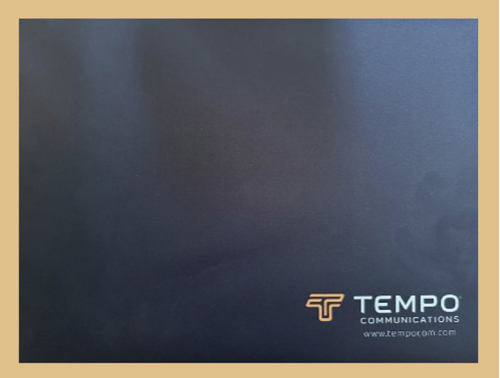
Figure 2. Dark flat surface mat
In addition to OSHA regulations, standards for lasers are outlined in the ANSI standard Z-136.2-2012. For example, ANSI Z-136.2 deals with the “Safe Use of Optical Fiber Communication Systems Utilizing Laser Diode and LED Sources.” Wavelengths of red light and shorter are visible to the human eye, but laser light used in our fiber optic networks is typically invisible and can cause retinal damage without pain. Damage at different optical wavelengths in the 1410 nanometer (nm) to 1610 nm range (common for GPON and XGS-PON) affects the cornea and aqueous humor. These parts of the eye absorb nearly all incident radiation, preventing harm to the lens or retina but potentially causing thermal heating and burns to the cornea. The safety rule of thumb is to never look into the exposed end of a fiber or patch cord unless you are holding the other (disconnected) end in your hand. Photosensitive or infrared detection cards may be used to test for the presence of light between 850 nm and 1550 nm. These cards change color when exposed to light. Additionally, it’s recommended that anyone working with these lasers should wear ANSI Z 136.2 safety glasses for protection.
When focusing on laser safety it is important to recognize the laser classifications. The International Electrotechnical Commission (IEC) 60825-1:2014 standard and ANSI Z-136.2 provide classifications and recommendations for safe laser use:
- Class 1: Safe under all conditions (e.g., CD-ROM players).
- Class 1M: Safe unless viewed through magnification devices.
- Class 2: Exposure limited to 0.25 sec (e.g., laser pointers, bar code scanners).
- Class 2M: Safe unless viewed through magnification for longer than 0.25 sec.
- Class 3R: Continuous lasers limited to 5 mW/7 dBm.
- Class 3B: Direct exposure hazardous; reflections generally safe.
- Class 4: Permanent damage from direct or indirect viewing; equipped with key switch and safety interlock.
Lasers play a crucial role in various optical systems, each type offering distinct characteristics suited to different applications. Distributed feedback (DFB) lasers are commonly used in today’s facility optical fiber systems and operate at wavelengths of 1310 or 1550 nm, with output levels between 8 dBm and 11 dBm (6.31 to 12.6 mW), classified as Class 3B. Fabry-Perot (FP) lasers offer lower power output and lower spectral purity compared to DFB, resulting in reduced performance but also lower costs. FP lasers are ideal for customer premises equipment (CPE). Test equipment lasers have low power output (< -0.99 dBm, 0.8 mW) and are classified as Class 1, making them safe for eye exposure. Yttrium-aluminum-garnet (YAG) lasers, operating at 1310 nm with 13 dBm output (20 mW), are also rated as Class 3B. Additionally, erbium doped fiber amplifiers (EDFA) operate at 1550 nm and can generate up to 26 dBm (0.4 watts), amplifying optical signals without the need for electrical conversion. Understanding these different types of lasers is essential for ensuring proper handling and application in various settings.
In conclusion, working with fiber optics and lasers requires strict adherence to safety regulations and guidelines. By following these procedures, technicians can minimize risks and ensure a safe working environment.
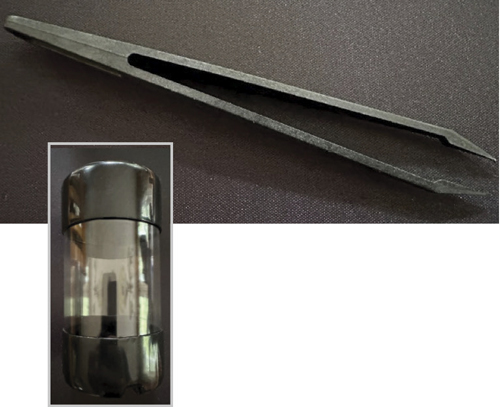
Figure 3. Plastic-tip tweezers and fiber remnant container
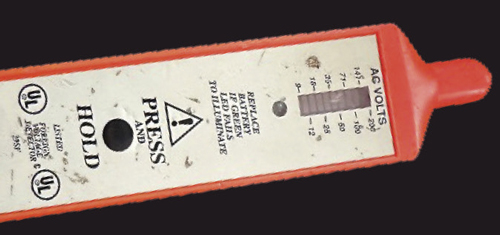
Figure 4. Foreign voltage detector (FVD)
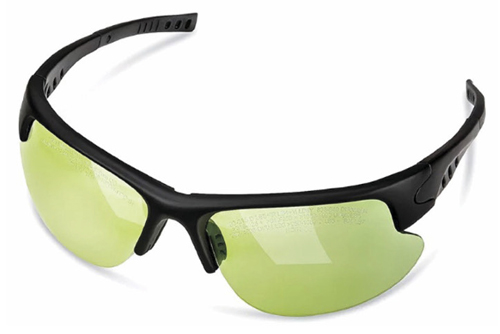
Figure 5. ANSI/ISEA Z.87 and Z-136 safety glasses
 Steven Harris
Steven Harris
VP Global Market Development,
SCTE® a subsidiary of CableLabs®
Steve is responsible for overseeing the architecture and evolution of education programs, professional credentialing, and customized career learning journeys, as well as international business development and partnerships for SCTE.
Images provided by author.
Shutterstock


